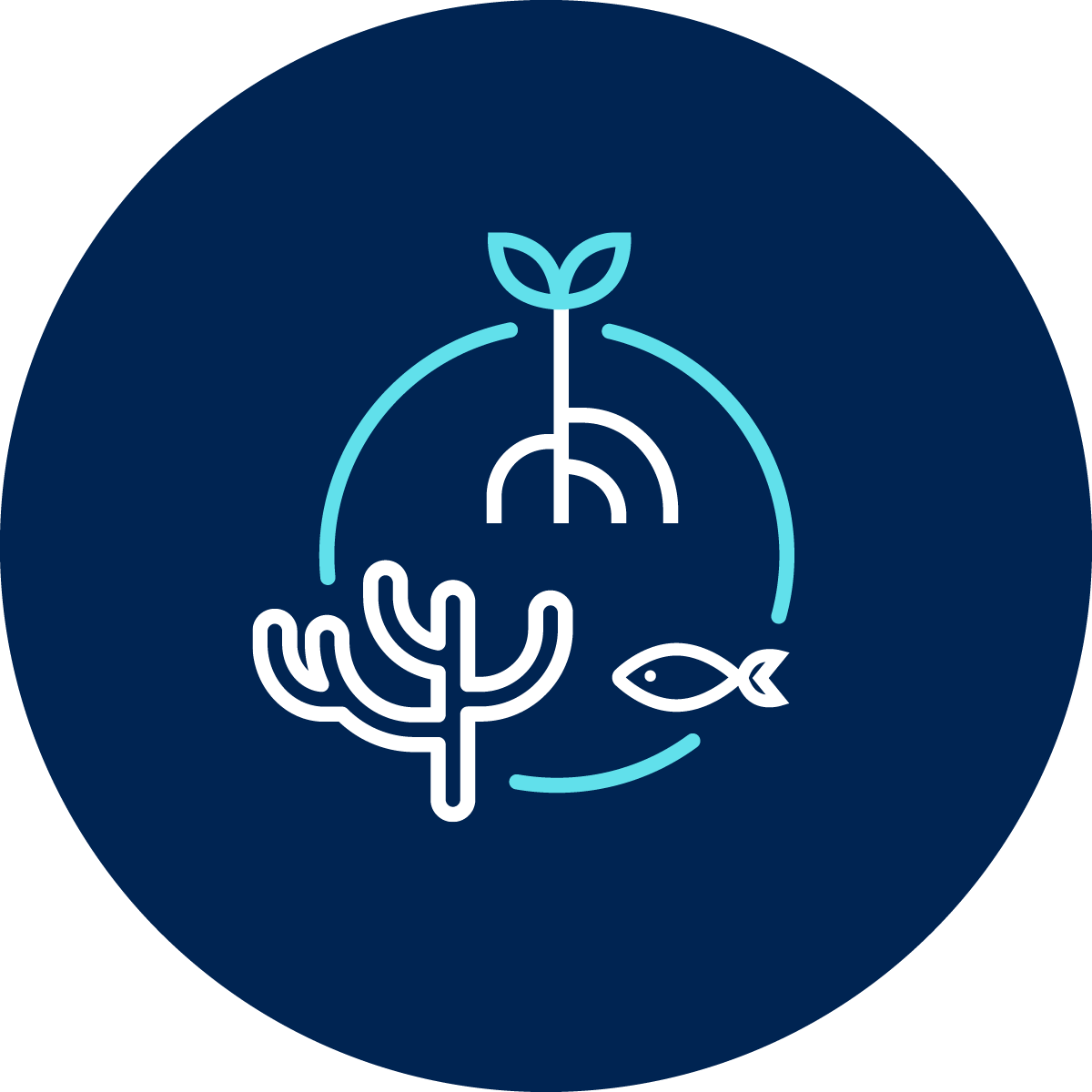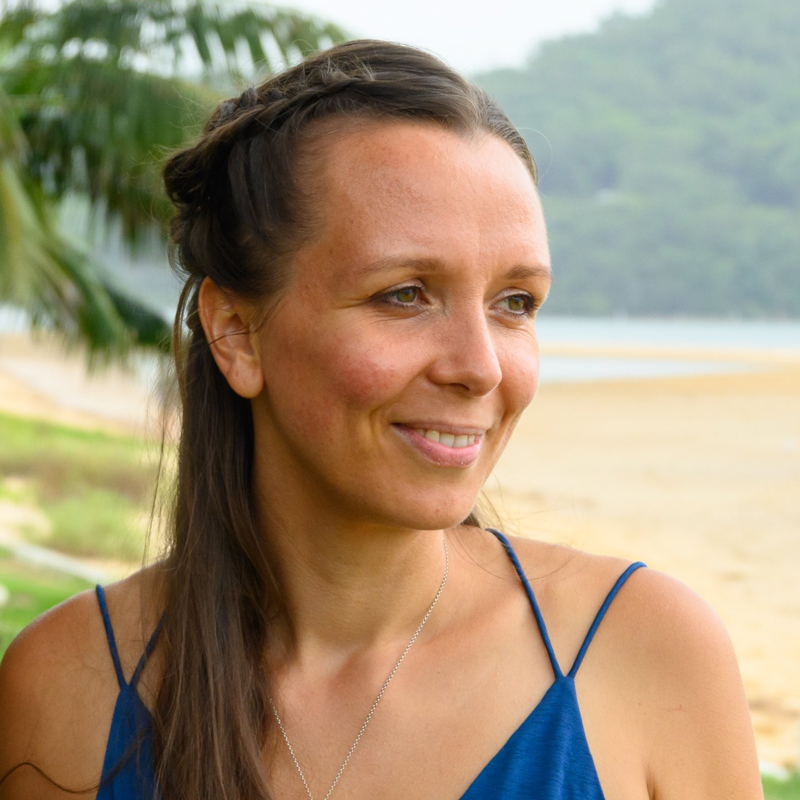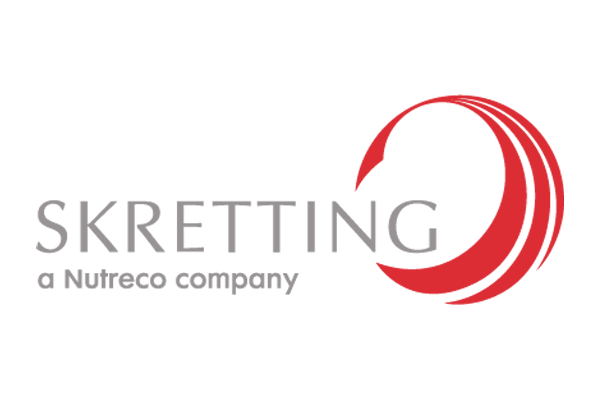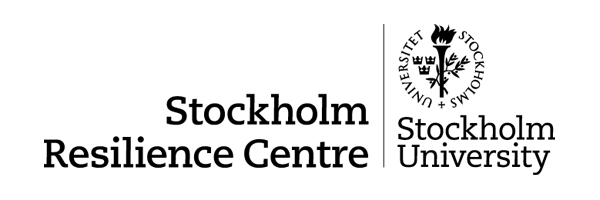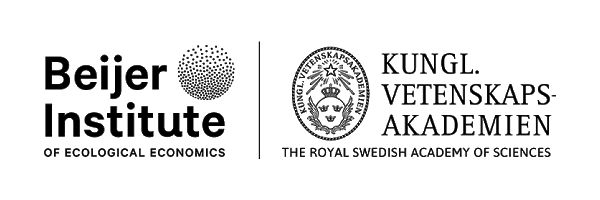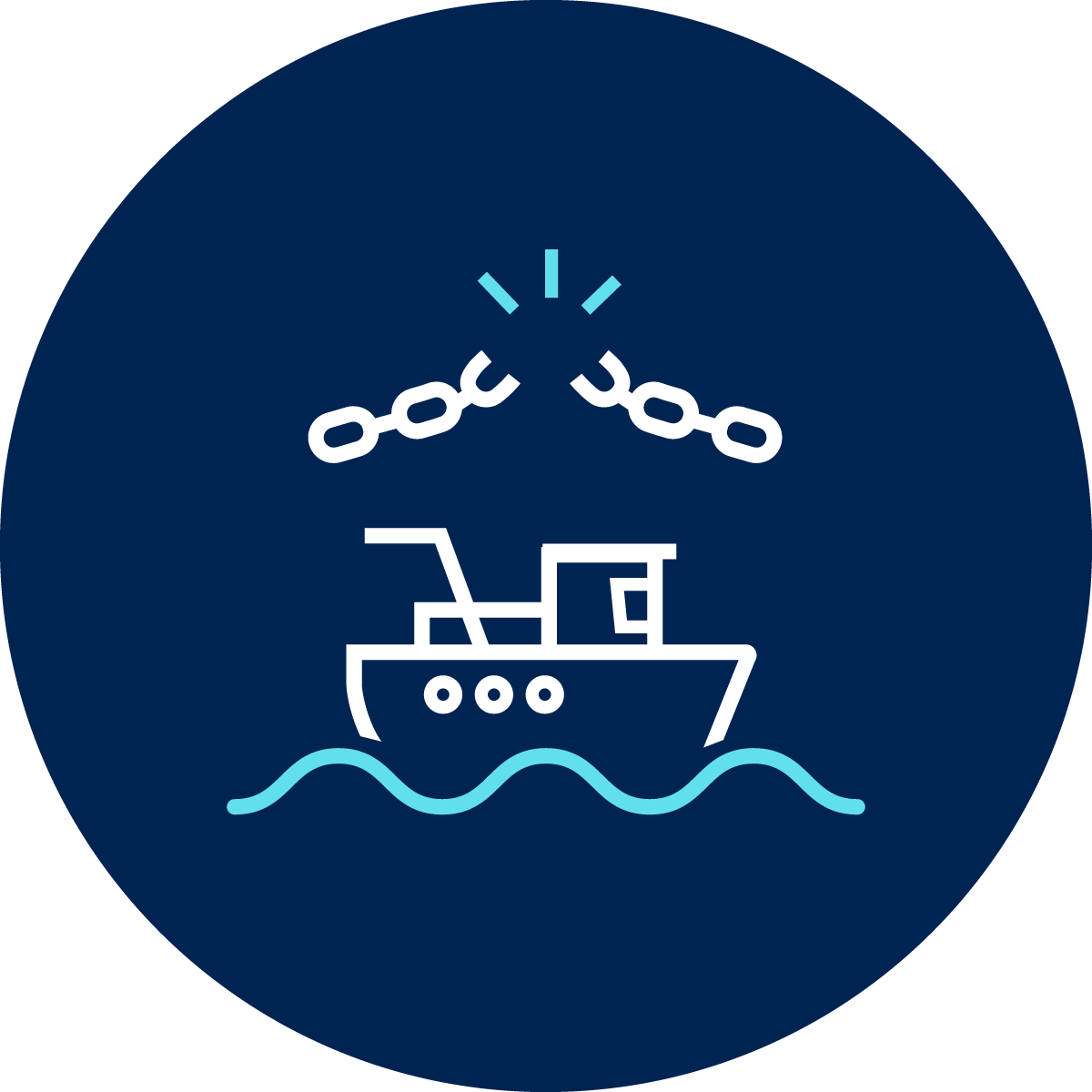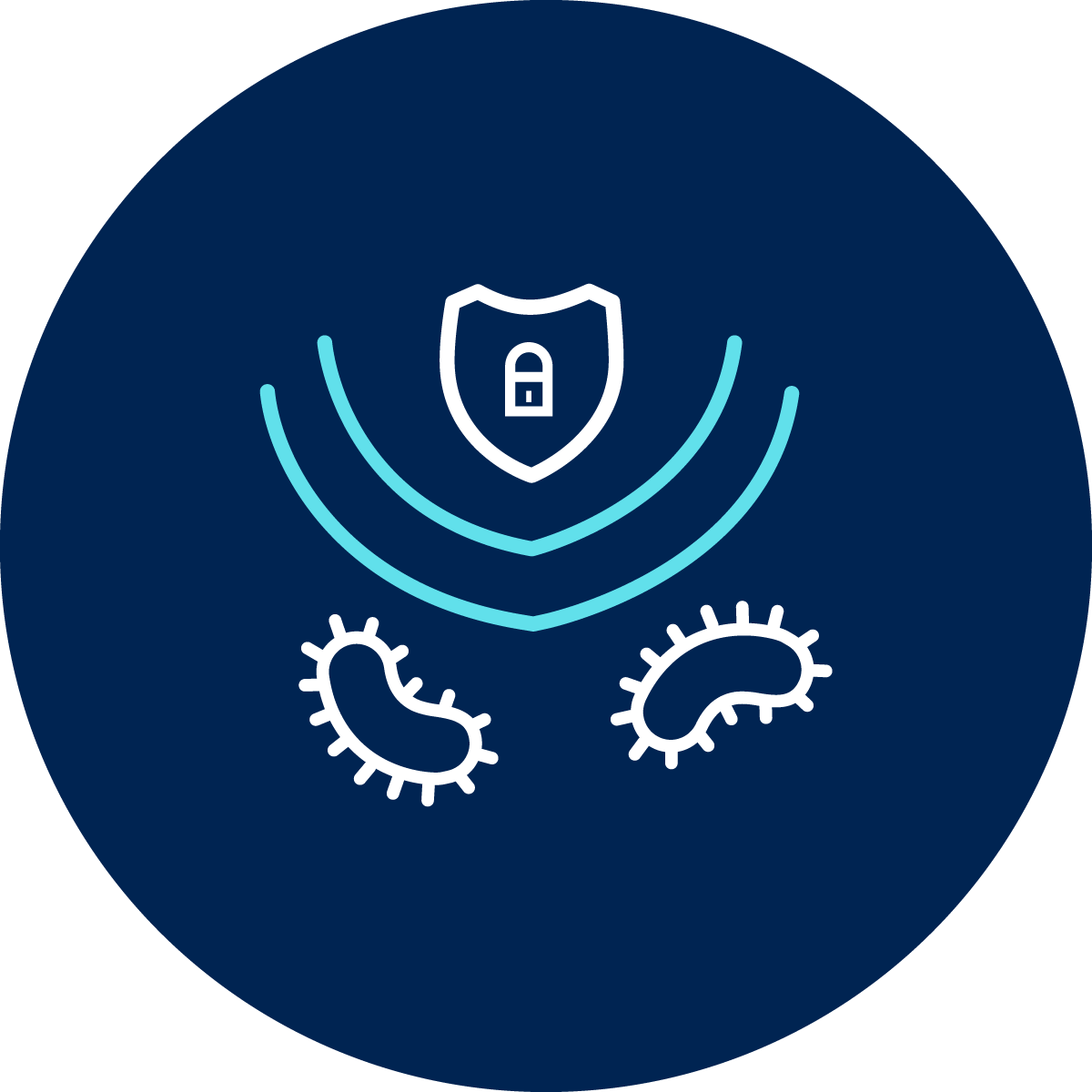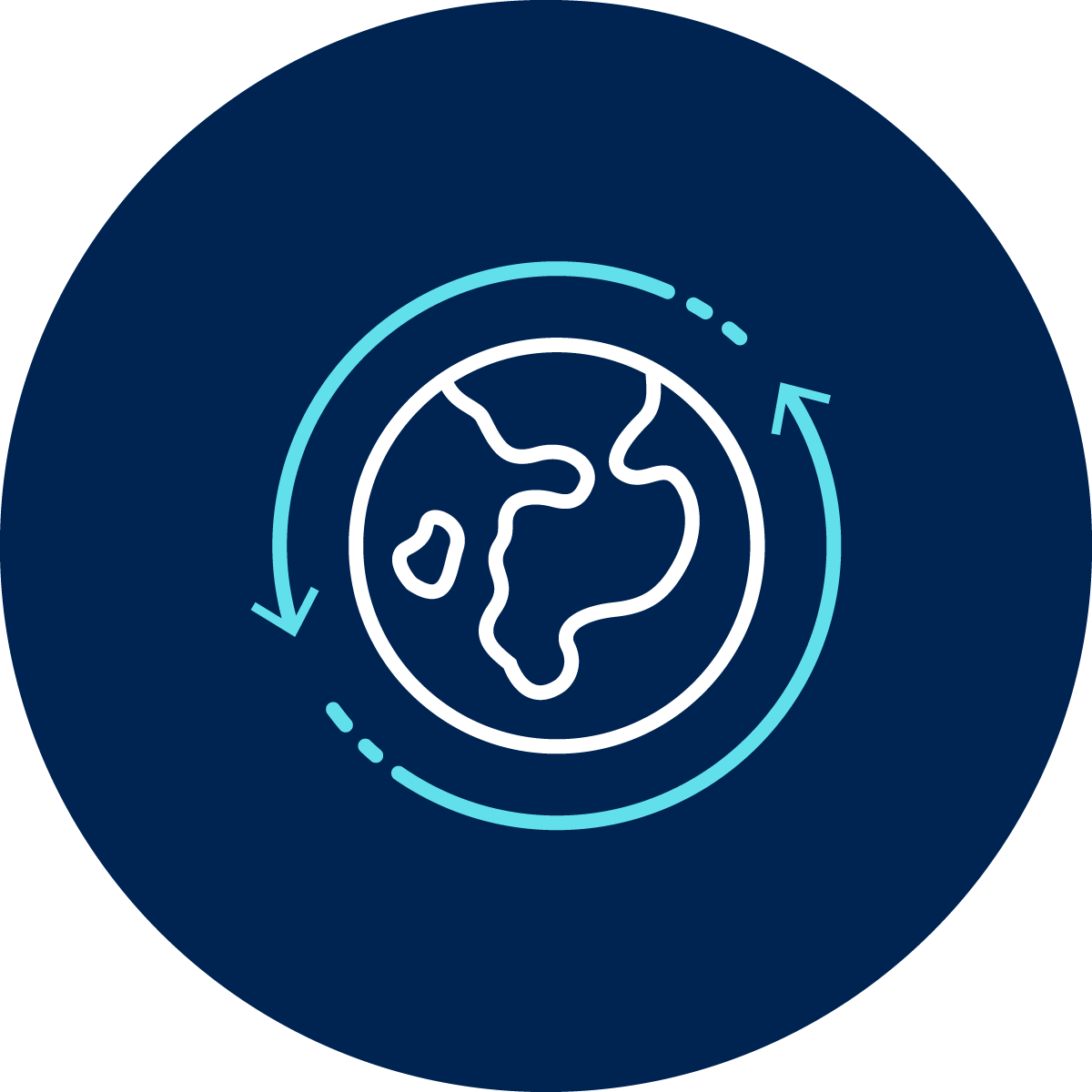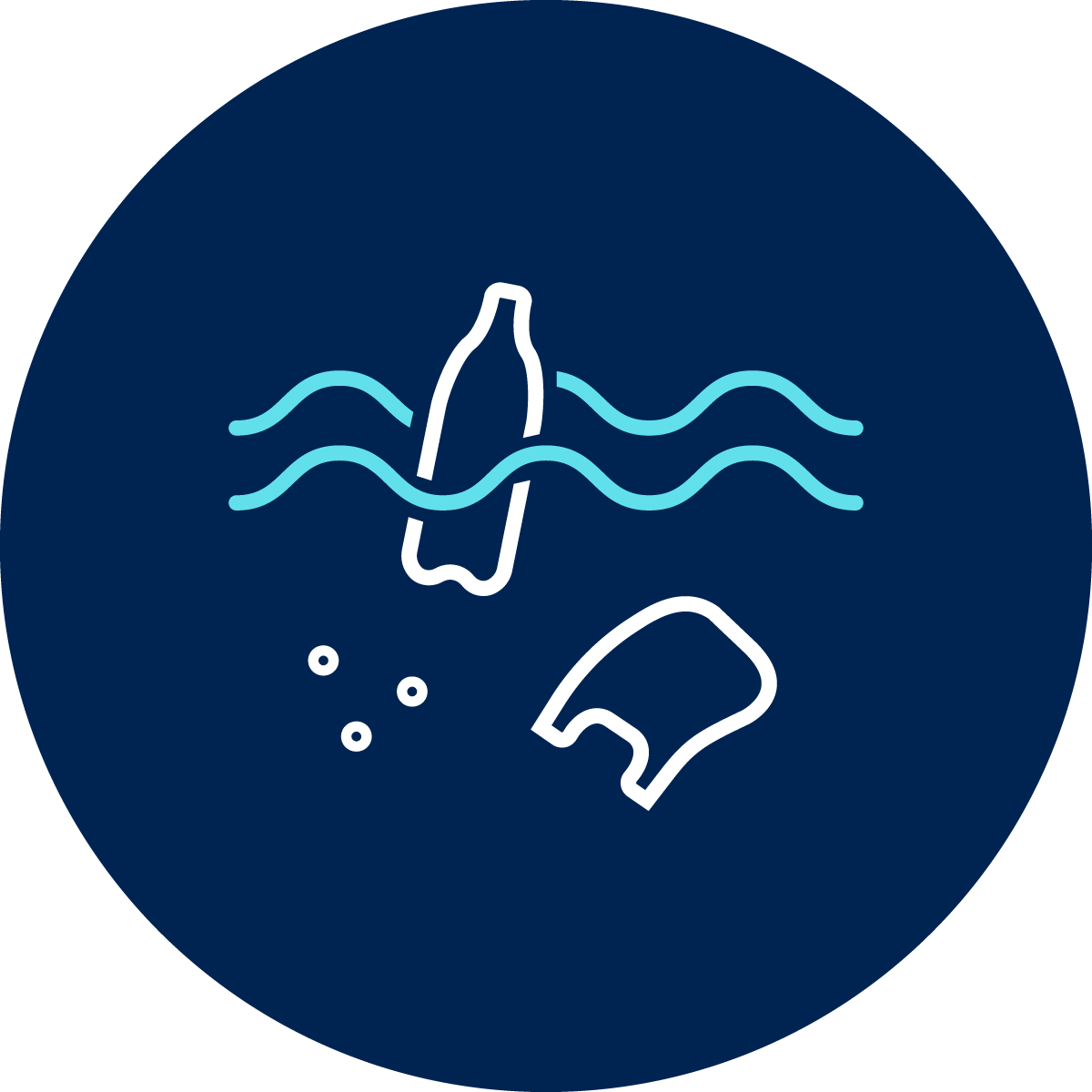January 2025 update – Our Future Work on Biodiversity and Endangered Species: Taskforce II Update and Roadmap
In accordance with our Endangered Species Strategy, SeaBOS members have agreed to conduct rigorous internal due diligence to identify and understand their exposure to risks related to endangered species. We prioritize engaging with science-based best practices and continuously innovate to mitigate these risks. Our collaborative approach extends beyond our operations to include our supply chains and other industry actors. Through these strategic efforts, we are working towards science-based operational measures that substantially reduce the risk of harm to endangered elasmobranch and seabird species.
Goals agreed in October 2024
1. By October 2025, all SeaBOS companies will have individually assessed and transparently disclosed their risk, dependencies, and impacts on biodiversity along their operations, supply and value chains, and portfolios.
Goals agreed in October 2021
1. Put science-based and operational measures in place that, when combined, substantially reduce the risk of harm to endangered elasmobranch (sharks & rays) and seabird species from our own operations by October 2022; and substantially reduce the risk of harm to these species in operations which are part of our supply chains.
2. We will publish, by January 2022, a list of “best practice” measures for limiting harm to endangered elasmobranch and seabird species. (Note: see resulting Best Practices document)
3. By May 2022 we will develop a monitoring and reporting framework for interactions with endangered elasmobranch and seabird species for adoption in October 2022.
4. We will report in October 2023 and October 2025 on progress towards meeting Goal 1 and the rapid action intended to mitigate harm to endangered species whenever identified.
5. Drawing on lessons learned from focusing on elasmobranchs and seabirds in this initial phase
of endangered species work, initiate process in October 2023 to expand the scope and focus of the SeaBOS endangered species work, with an aim to eliminate, in a step wise fashion, all negative impacts on endangered species.
Goals agreed to in October 2020
1. Recommend clear time-bound goals on minimising impacts on endangered species for approval by CEOs by Oct 2021. (Note: see resulting Endangered Species strategy)
SeaBOS´ ambition is to align its work with global biodiversity goals and standards, including the UN Convention on Biological Diversity (CBD), and work to develop and implement best practices in seafood production.
Key publications
 Octopus fisheries of Morocco,Mauritania and Senegal»
Octopus fisheries of Morocco,Mauritania and Senegal» Nature positive»
Nature positive» Marine Protected Areas and 30×30»
Marine Protected Areas and 30×30» Endangered Species and Loss of Marine Biodiversity»
Endangered Species and Loss of Marine Biodiversity» Best practices for reducing negative impacts on endangered elasmobranchs and seabirds»
Best practices for reducing negative impacts on endangered elasmobranchs and seabirds» SeaBOS Endangered Species Strategy»
SeaBOS Endangered Species Strategy» Elasmobranchs»
Elasmobranchs» Seabirds»
Seabirds» Wild Capture Fisheries»
Wild Capture Fisheries»
Our actions & impact (2023)
SeaBOS members are committed to protecting endangered species. Below is an overview of our member companies’ initial actions for this task force.
Conducted a biodiversity risk assessment including IUCN red list species
9/9
Science outlook
Scope, scale and urgency of action
Seafood production is directly dependent on, and can fundamentally affect, the functioning of ecosystems. Species such as sharks, seabirds and rays are critically important for aquatic foodchains, but their populations have declined sharply. Currently, 31% of all seabird species are globally threatened according to the IUCN Red List, and almost half of all species have declining populations. Similarly, shark and ray populations in tropical, subtropical and oceanic ecosystems have declined by over 75% and 71%, respectively. For oceanic sharks, these declines have been attributed to an 18-fold increase in fishing pressure, while entanglement in fishing gear remains the single greatest threat to sea turtles. Long-term studies of albatross species in the south Atlantic Ocean indicate that fisheries are the primary driver of 40-60% population declines, and the extinction risk for sharks and rays exceeds that of any other category calculated by the IUCN Red List.
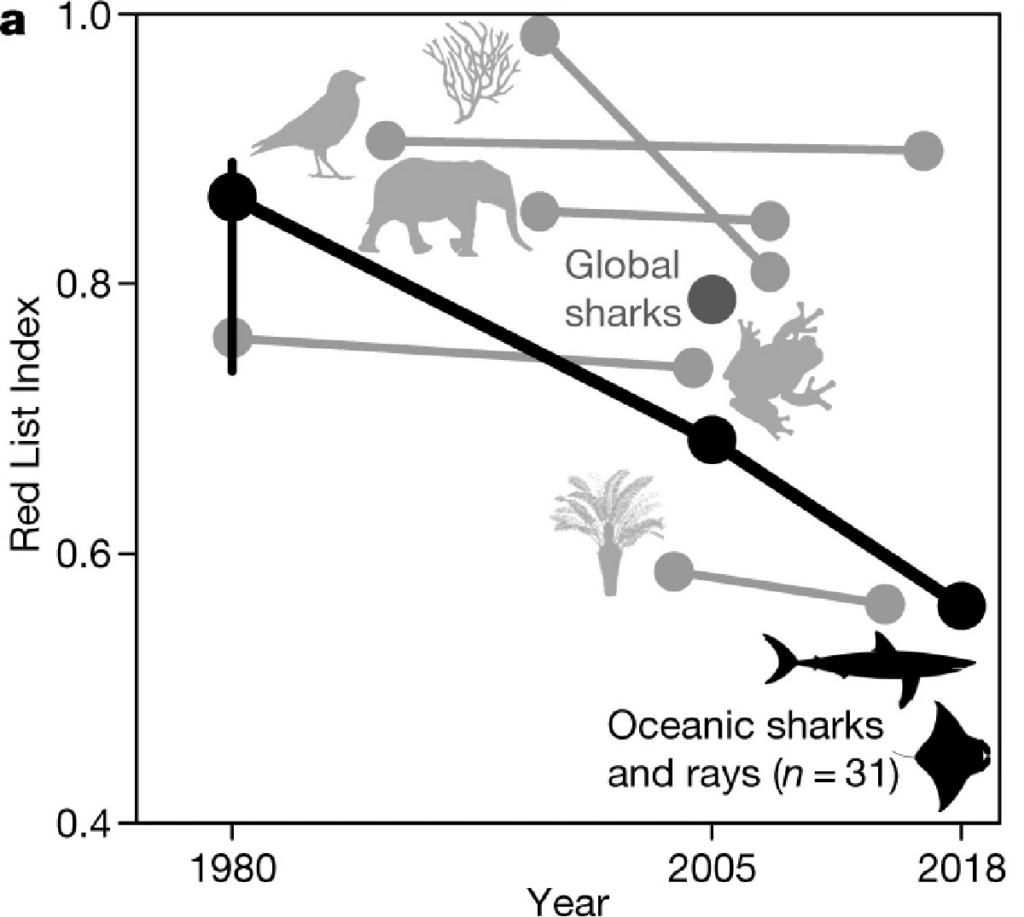
Pathways forward
The seafood industry has the power to do something about this challenge, and previous work to reduce negative impacts on seabirds illustrates that concerted efforts can generate significant results. Implementation of bycatch regulations in the Namibian hake fishery, for instance, reduced albatross mortality by 94%. Understanding risks, engaging with high-risk areas, and spreading knowledge about what works, can ensure that best practices are used, normalized, and legislated. Participating in regional initiatives to identify Important Shark and Ray Areas (ISRAs) and supporting the implementation of corresponding management measures will encourage and rapidly normalize uptake of best practice. Moving beyond elasmobranchs and seabirds to other threatened species will be critical for ensuring the resilience of marine ecosystems and seafood operations.
Case studies
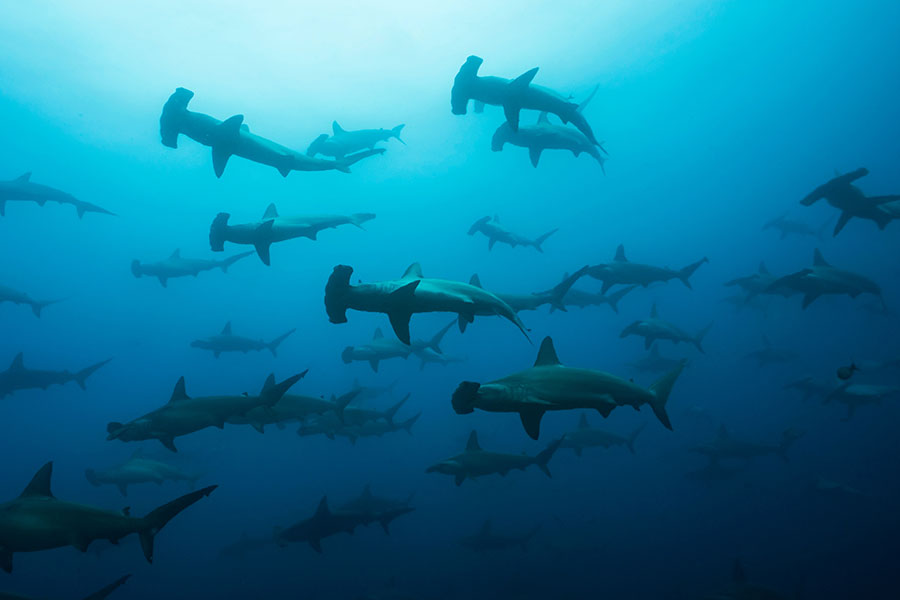
A strategy for endangered species
In 2021, SeaBOS members established a strategy for addressing negative impacts on endangered species. The first step was to establish a scientific assessment of best practices, published in 2022. SeaBOS companies started to report on risks and impacts on endangered species in 2023 and is developing its risk management approaches. Joint efforts will continue going forward.
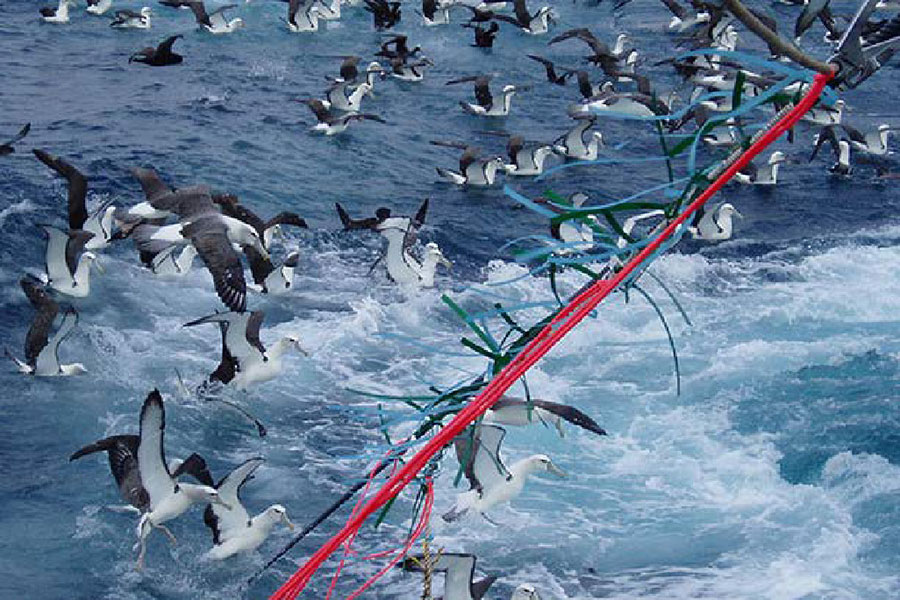
Preventing bycatch of seabirds
Fishing companies in the Nissui Group have introduced a variety of measures to prevent the bycatch of seabirds. These include Tori lines (as shown above) – a device that prevents birds from approaching the bait by towing a rope to which streamers and tapes are attached. Other measures include using bafflers (a metal scarecrow) to scare birds away, weights to lower towing lines from bird flight paths; trawling at night when fewer birds are around; managing offal onboard to avoid attracting birds; and, having a bycatch reduction management plan for every vessel.
